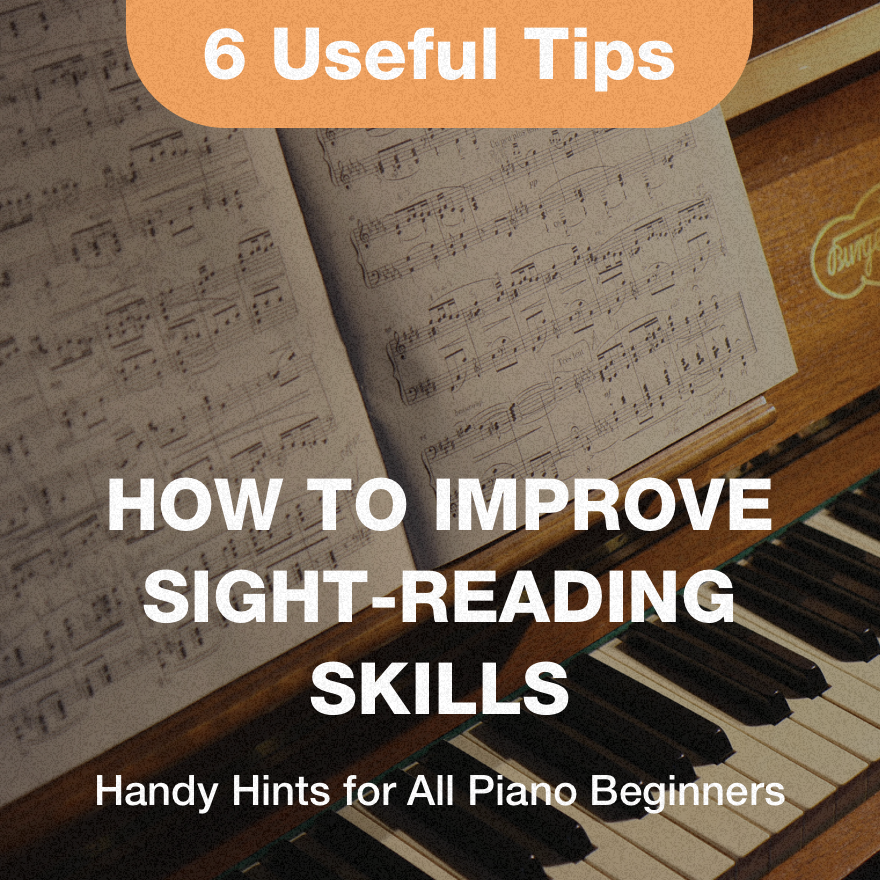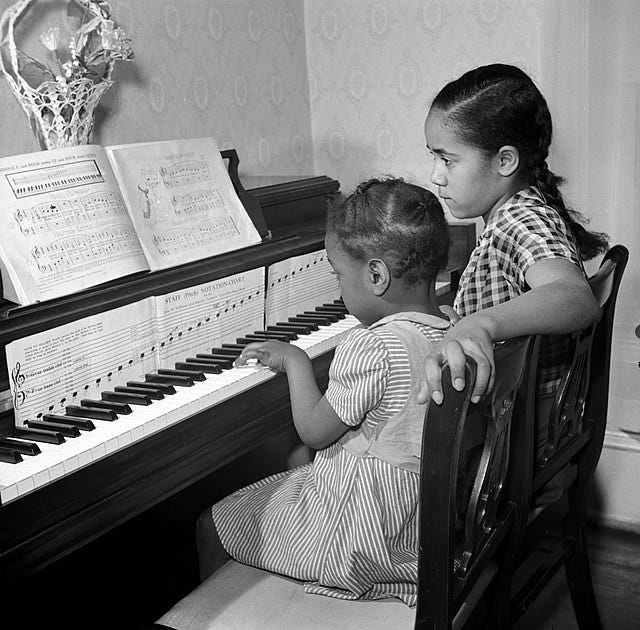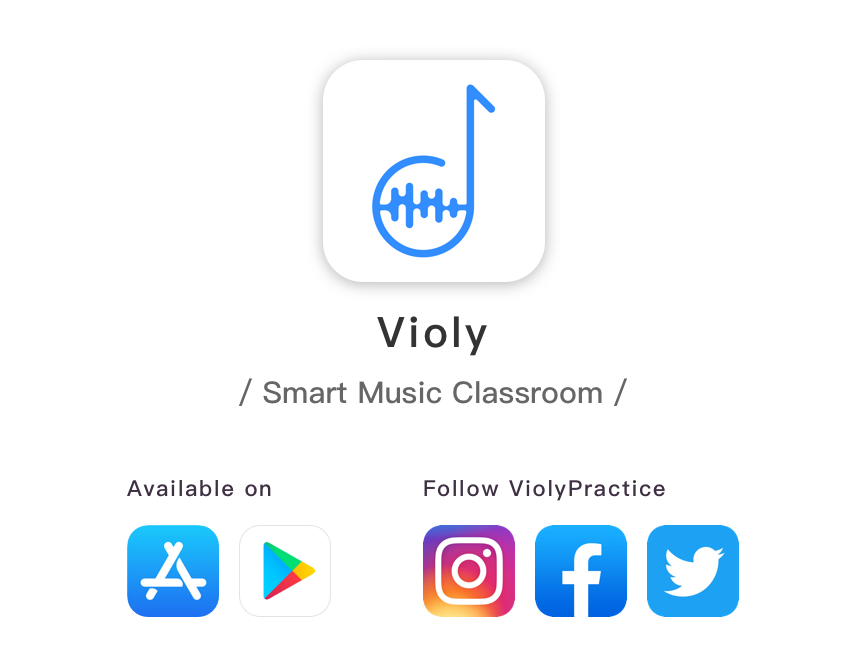Handy Hints for All Piano Beginners
Sight-reading is the art of being able to play a piano piece at first sight without any prior (or little) preparation. It is an essential technique that all pianists should possess and excel at. In the meanwhile, sight-reading seems to be one of the challenges that either a piano beginner loves or has recurring nightmares about.
Good sight-reading skills are significant because they can help piano students improve the efficiency of practicing new piano works, and expand the piano learners’ repertoire in some way. It takes a long time for most piano beginners to master the skills, but some useful tips can make the whole process less difficult.
So what are the tips for piano beginners to improve sight-reading skills? Let’s dive in.

Familiarize Yourself with A Variety of Rhythms before Sight-Reading
No matter what piano sheet music you are playing, you must have a solid understanding of the tempo and the rhythm of the piano piece. Familiarizing yourself with common musical rhythms in different styles of music can make sight-reading more manageable, and will help you get ready to play the piano in any situation.
Once you are sure of the time signature and the beat of the piano work, you can be better prepared for sudden tempo changes, complicated note sequences, unusual rests, and other unexpected surprises in the music’s pattern. With more exposure to different music genres, you are likely to learn to anticipate some rhythms before you start reading and playing the new music score.
Memorize the Key Signatures to Get Prepared for Sight-Reading
For piano students who start piano learning from scratch, it is not easy to read key signatures when playing the instrument. The process of getting to know what a key signature can tell the piano players may be confusing. To understand how to recognize and memorize key signatures, you are supposed to grasp some certain rules.

Memorizing your key signatures is especially helpful for piano students, as you need to be aware of how many sharps or flats are coming up in your upcoming sight-reading exercise. This may take a bit of time initially, but in the long run, it will not only make sight-reading easier, but also do good to your piano practicing and performing.
Hum the Piano Music to Yourself to Improve Sight-Reading Skills
When looking at a piano piece for the first time, some piano beginners may be eager to play the piano sheet music right away. But instead of immediately rushing towards the instrument, going through the piano work audibly first by either humming or singing the notes from the music score can be more helpful for you to improve your sight-reading skills.
By knowing about the notes, you can simply focus on the way the piano music is supposed to sound as it is written, rather than your instrument and how well you are playing it. Once you have worked your way humming through the piano piece, you can start to play a few notes on your instrument. If there are still a few tricky phrases that are too challenging for you, just stop playing, and continue to hum the certain melodies until you have a clear idea about how to play the notes. In addition, the sight-reading exercises contained in Violy App are wonderful options for you to train your skills in this way.

Focus on the Piano Piece before Aiming for the Natural Sound
If you are not completely tuned into what you are doing, you cannot expect to make much progress. When you are sight reading a piano work, it is no doubt that you need to focus on the sheet music. Or you may not be able to comprehend what you are working on. Not only should you think while reading the music, but you should also connect those thoughts with your playing ability.
Once you get familiar with the piano piece, you are supposed to pay more attention to the sound produced on the instrument, and make sure that your sight-reading skills can help promote a smooth and natural flow of sound from your piano. At this point, you can absolutely stop focusing on each and every detail in the music score, and just let your inner musicality shine through. But you can only manage to do so after knowing the piano piece inside out.

Keep Playing Even If You Make A Mistake While Sight Reading
It’s inevitable that you will make mistakes during the process of sight reading. All piano learners aim for 100% accuracy, but eventually, most of them are going to miss a note or two. When it comes to sight-reading, a missed note is unfortunate, but a wrong rhythm or faulty counting can completely throw you off track. Therefore, when you are sight reading, the most important thing to remember is that when you make a mistake, don’t stop. Just keep playing and pick up where you left off.
Also, like anything else you do, the more you practice sight-reading, the better you will get. So don’t focus on the mistakes you make during the performance, and don’t feel as though you have to stop and correct them. Just keep going, do the best you can, and remember that by testing your abilities as a piano player, you are making yourself better in the long run. After playing, you can review the whole piano piece and start to make corrections.
Be Patient and Take time to Practice Sight-Reading
Sight-reading skills take time to develop. Trying to master sight-reading too fast can actually hinder the overall development of the skills. Besides, speeding up the learning process will lead you to bad habits which are really hard to fix later on.
Every piano beginner should know that becoming proficient in sight-reading is a long-term process. You can set many short-term goals along the way so that you can see the results as they happen. But you should always be patient, and make sure to do quality sight-reading as often as you can.

Practicing frequently brings you a positive feedback loop — sight-reading becomes easier as you stick to daily practice. Then you are able to play through more piano works, and improve even faster. At the beginning, it is hard to decipher every measure, but once you get to a certain level, it starts snowballing.
Effortless music reading is a goal that almost every piano player is pursuing. It involves assimilating the musical language of piano pieces played in the past, and then using that stored information to anticipate what might come next in a new piece. Strengthening your sight-reading skills by following the tips introduced above can make a drastic improvement on how you play the piano, and take you one step closer to the goal.
Ref:
- https://www.londonpianoinstitute.co.uk/how-to-improve-your-sight-reading/
- https://www.musicnotes.com/now/tips/10-tips-tricks-sight-reading-music/
- https://www.musical-u.com/learn/improve-sight-reading/
- https://www.jazzadvice.com/lessons/5-steps-to-mastering-sight-reading/
- https://www.quora.com/How-can-a-beginner-pianist-improve-his-her-sight-reading-skills?__filter__=all&__nsrc__=notif_page&__sncid__=14475052545&__snid3__=20507855995
- https://www.e-musicmaestro.com/blog/26/10-useful-tips-for-piano-sight-reading
Have a HAPPY practice!!
More Violy Music Articles:
10 Benefits of Piano Playing - Get Your life Shaped
How Should Music Parents Help Their Children’s Practice
Teaching Students to Read Key Signatures
#ViolyPractice makes Perfect!!
Follow us on: Violy.app
